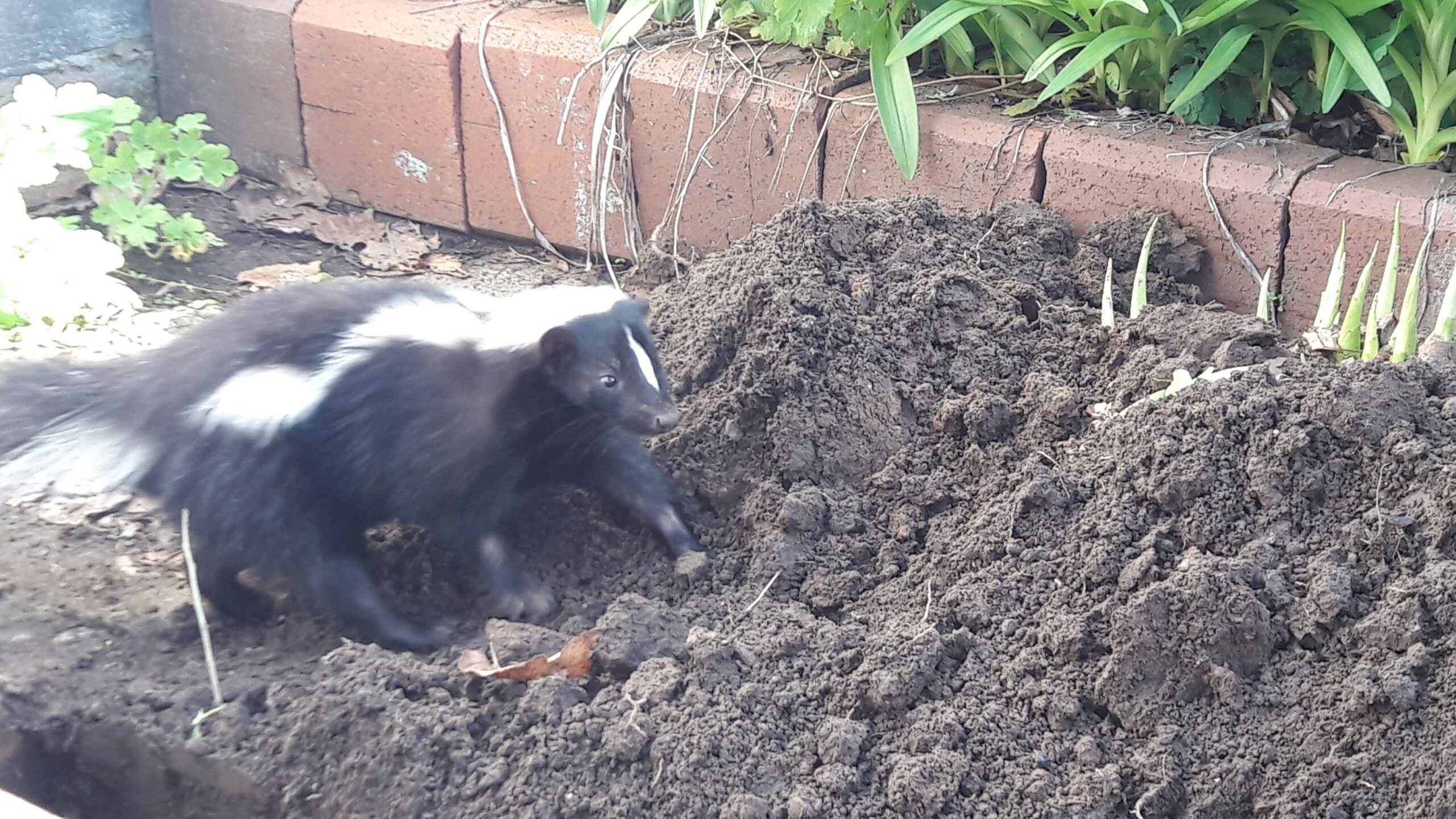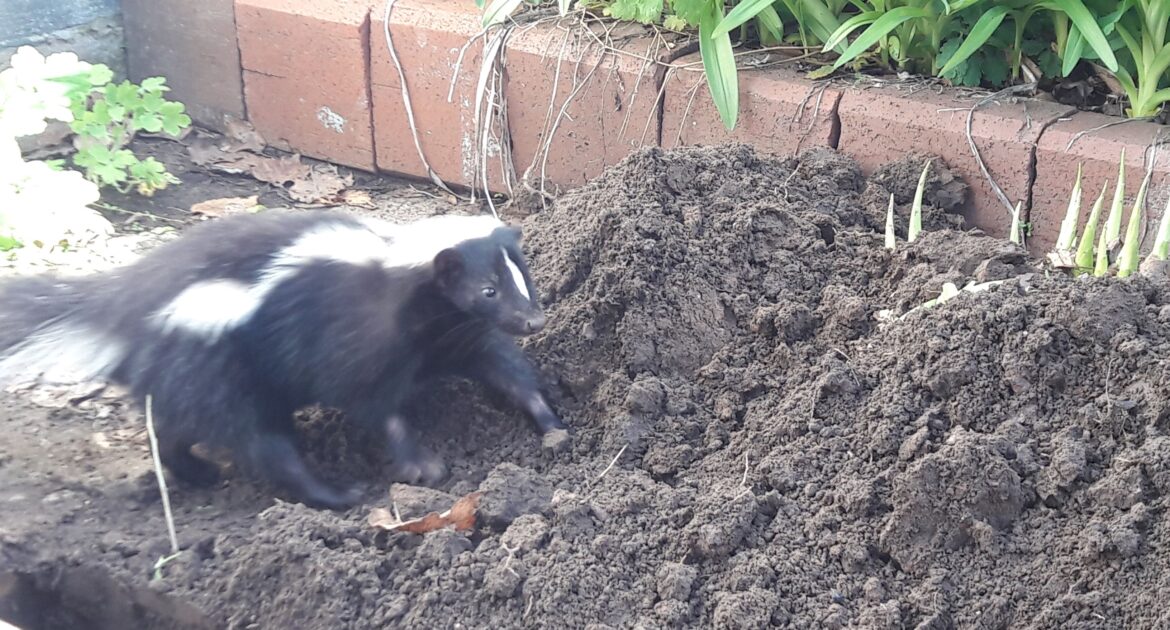Although wildlife can leave behind many signs indicating their presence, droppings are among the easiest to identify. Being able to recognize which droppings belong to which species can help you know when to call the experts in to take care of the humane wildlife removal process. However, it’s important to steer clear of touching or disturbing droppings, as they can contain hazardous materials that may cause a host of health problems. Here are a few of the most common types of animal droppings and how to identify them:
Skunk Droppings
Because skunks are nocturnal and generally avoid humans, their droppings are the best way to identify them. Skunk droppings are usually between 2.5 to five centimetres, which is about the same as a cat’s. They’re also similar in shape, as they’re tubular and may contain a blunt end. Skunk droppings contain evidence of what they eat, which can include:
- Exoskeletons
- Berries
- Seeds
- Fur or feathers
If you find evidence of skunk droppings in your home, the bad news is that there’s a high chance of a skunk nest or den living somewhere under or around your home. Because skunks aren’t adept climbers, their den will probably be under your deck, porch or the foundation of your home.
Skunks typically use grass or branches to try to disguise their den’s opening, and they can be very protective of their homes. This is why it’s important to steer clear and contact a professional who’s trained in dealing with skunk dens that can safely remove any skunks, and their droppings, from your property.
Raccoon Droppings
Raccoon droppings look similar to skunk droppings except they’re larger, ranging in size from five to 7.5 centimetres. They also have a strong odour due to the presence of harmful bacteria found in water, soil and air.
One of the largest health risks associated with raccoon feces is roundworm, which is a parasite that can cause fatigue, loss of muscle control and liver complications in humans who are in close proximity to raccoon droppings. Raccoon droppings can also transmit Giardia, an infection that causes nausea, diarrhea and abdominal cramps. Never attempt to clean up raccoon feces on your own, as it can cause serious health complications.
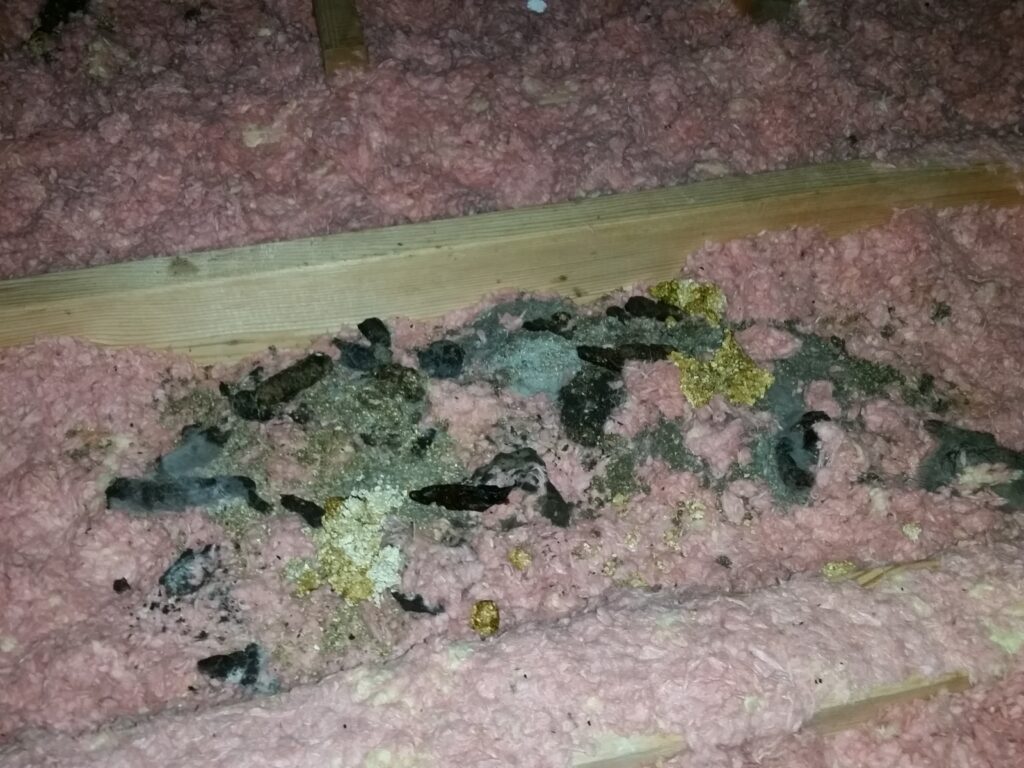
Bat Droppings
You may have bats living on your property if you find tiny black specks near common sites of entry, which include chimneys, vents and cracks in damaged roofing. These droppings can carry a fungus that causes histoplasmosis upon inhaling. Histoplasmosis is a respiratory disease that results in muscle pain, shortness of breath, chest pain and other flu-like symptoms. If untreated, this disease can be fatal, so please leave the clean up to the professionals.
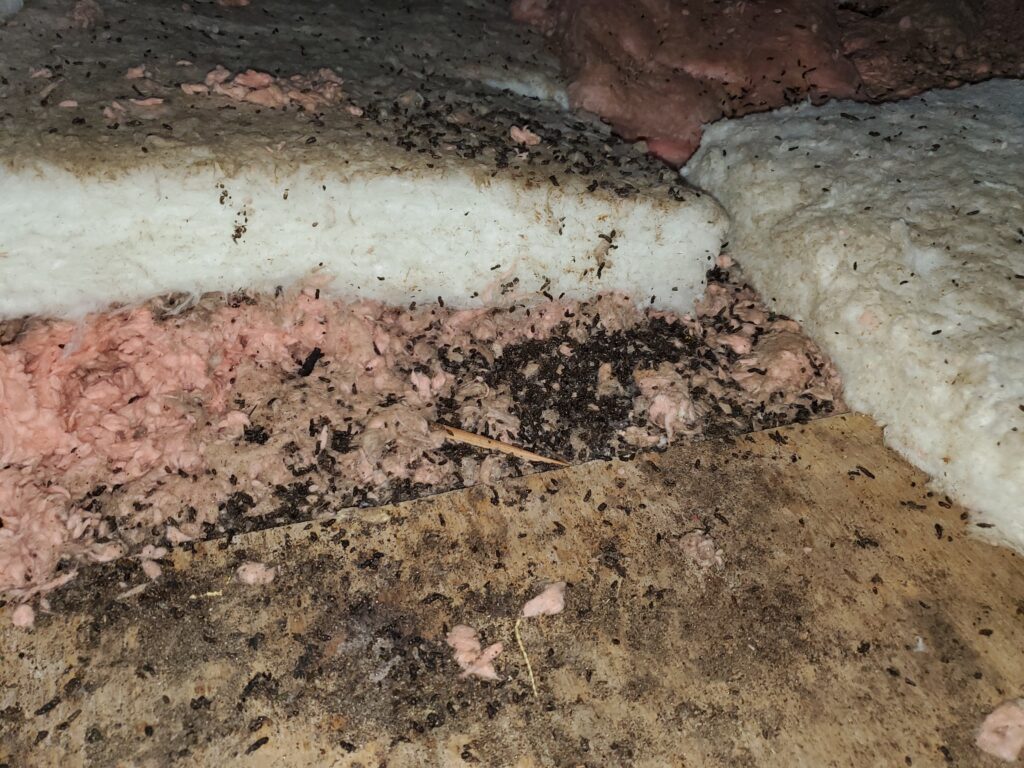
Bird Droppings
Although many birds are harmless, there are a few that can be potentially destructive, which include:
- Pigeons
- Sparrows
- Starlings
These birds’ feces contain large amounts of uric acid, which can damage building materials such as stone, brick and even your home’s siding. If you don’t address this problem quickly enough, you could be faced with expensive repairs or irreparable harm. Additionally, feces from pigeons, sparrows and starlings can cause histoplasmosis, similar to bat droppings.
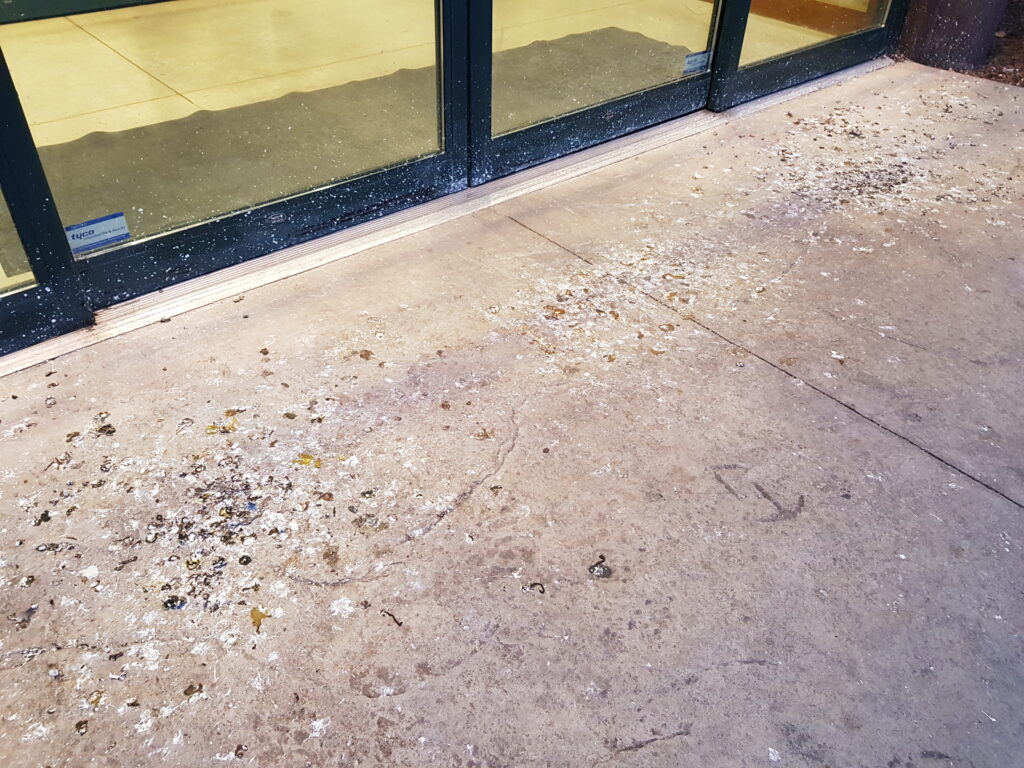
Calling a professional experienced in wildlife removal can give you the confidence that these birds are removed from your property and no further damage can be done.
Whether you’re faced with a skunk, bat, raccoon or bird infestation, the most important thing you can do is steer clear of touching or handling their droppings. Not only is touching feces unsanitary, but it can also lead to serious health complications and in some cases, death. The best option is always to seek professional help. Call Skedaddle today to learn more about our humane wildlife removal process and how we safely remove and relocate unwanted animals from your property.
